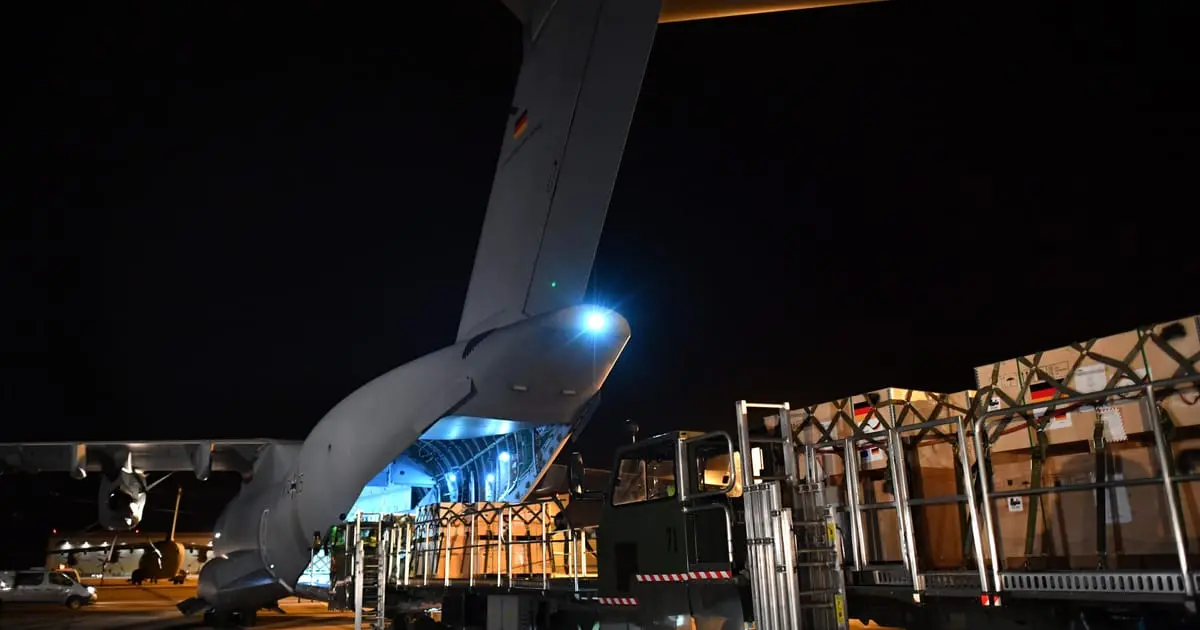- cross-posted to:
- [email protected]
- cross-posted to:
- [email protected]
So, potentially a temp pause, and instead of using their money, they will use some 300 billion of Russian assets. Works for me. As long as they resume funding If needed.
I’d personally rather that countries send resources as grants and reserve the frozen assets for funding reconstruction in Ukraine, because I think that it’ll be politically-harder to obtain funds for that, and Ukraine will need aid then too.
That being said, I’m coming from an American perspective; my understanding is that the American public has historically been more-okay with military aid than economic aid, relative to Europe, so…shrugs
That is a valid point. I wasn’t thinking about the rebuilding post war bit. Doesn’t the US have its own stash of Russian money. It can send to Ukraine for rebuilding?
Probably. The US did freeze some. I don’t know whether the thing is being collectively-handled or on a per-country basis.
kagis
It sounds like there is some level of collective-decision-making involving both, and that more of the funds are frozen by Europe than the US.
reads further
This talks about both that and reconstruction costs:
https://www.cfr.org/in-brief/how-frozen-russian-assets-could-pay-rebuilding-ukraine
A recent assessment from the European Commission, the Government of Ukraine, the World Bank, and the United Nations estimated that at the one-year mark of the invasion, rebuilding Ukraine would cost $411 billion, with aid coming in from both the public and private sectors. This is more than double the size of Ukraine’s pre-invasion economy. The government says it needs some $14 billion to fund critical infrastructure projects in this year alone.
So I’d guess that if anything, the number is higher now, if that represented damage at the one-year mark.
The governments of the United States, Australia, Canada, France, Germany, Italy, Japan, the United Kingdom, and the European Commission seized roughly $300 billion in Russian central bank assets not long after Moscow’s full-scale invasion of Ukraine last year, an extraordinary sum totaling about half of Russia’s foreign reserves at the time. Most of this money—more than $200 billion—is frozen in European accounts. These governments have also seized tens of billions of dollars in assets belonging to Russian oligarchs and private entities.
So at least two-thirds of it was frozen by European governments. If they take different routes, whatever the Europe does – if it does one thing – will probably be where the larger portion of the funds go.
I appreciate the further insight! Thank you.
So to put this into perspective:
Germany has (again) spend more than 8 billion (the planned budget for 2024) purely on military equipment for Ukraine just in the first half of the year. More than most countries combined (for reference the UK loudly announced the “largest-ever military aid package” ever earlier this year… 0,5 billion in total).
And they simply can’t keep this up anymore while at the same time having to cut all budgets at home to stay within constitutional debt limits (PS: No, changing the constitutional debt limit isn’t an option. That would require votes from the opposition and they went apeshit obstructionist/populist the moment they were ousted).
And although I have a particularly strong opinion on what will actually happen, let’s hope EU countries can finally get their shit together to create a sustainable base for Ukraine support instead of constantly relying on single countries’ short term planning.




